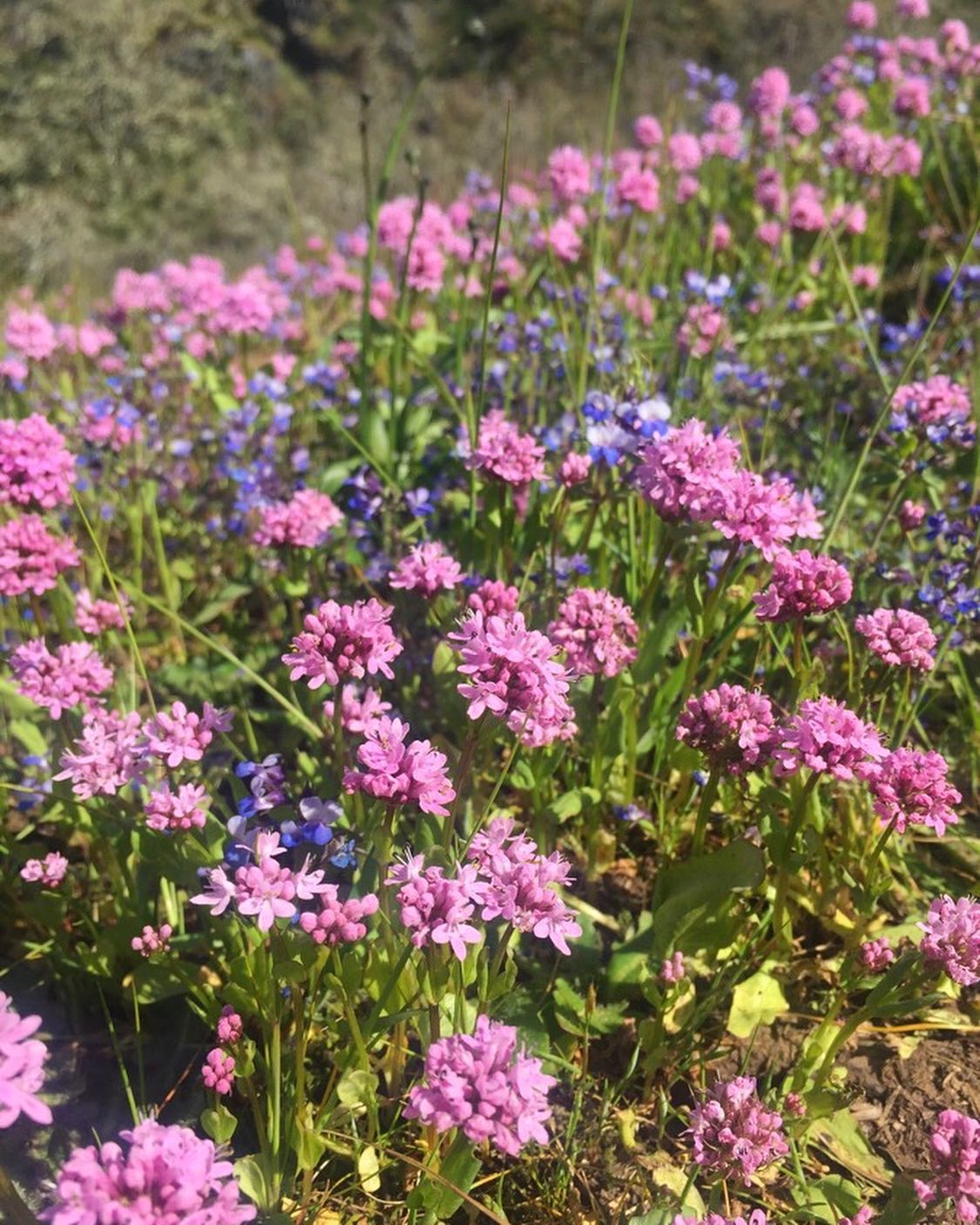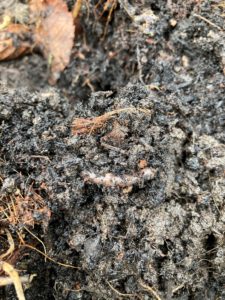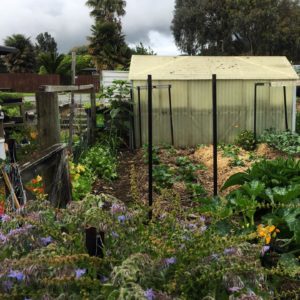Let’s talk about lawn culture. Who decided that having a vibrant green postage stamp of grass surrounding your house should be the quintessential symbol for idyllic suburban life? Well (surprise surprise), turns out it was the British. Historically lawns were pastures grazed down by livestock, including around castles so that approachers could be seen. In Medieval England the “pleasure garden” became a fashionable status symbol for aristocracy, who could stroll outside on their surplus land and afford the considerable human labour of scything the grass.
This trend was brought to North America with colonisation, and maintained its exclusivity until the 1830s with the advent of the lawn mower (which, as an aside, was originally made out of cast iron – try pushing that around). Eventually it was adopted as the common aesthetic, particularly after country clubs emerged in the early 1900s. The lawn was marketed as a symbol of good citizenship and reputation, even patriotism during the world wars. Lawncare is still touted as a “manly” point of pride – just watch any lawncare commercial.
The ecological reality of lawns is that they are unsustainable. Though they provide recreation space, there is a huge opportunity cost associated with devoting so much land (in the US, an area the size of Texas is comprised of lawn) to grass. The high maintenance nature of lawns leads to the application of agrochemicals, which get into the environment and often have negative ecosystem and human health repercussions, and freshwater security issues as high water requirements and consequent irrigation sucks aquifers dry. The gasoline spillage from lawnmowers is also estimated at almost 64 million L in the US annually.
Instead of a traditional lawn, try an alternative lawn mix that includes a variety of groundcovers. Plant a garden – bonus points for native, edible, or medicinal plants. These types of plantings increase wildlife habitat, carbon sequestration and soil health. Native pollinator plants are also a great addition as they provide habitat and sustenance for local birds and bees and can improve crop yields! Who can say no to wildflowers, hummingbirds, and no mowing?



